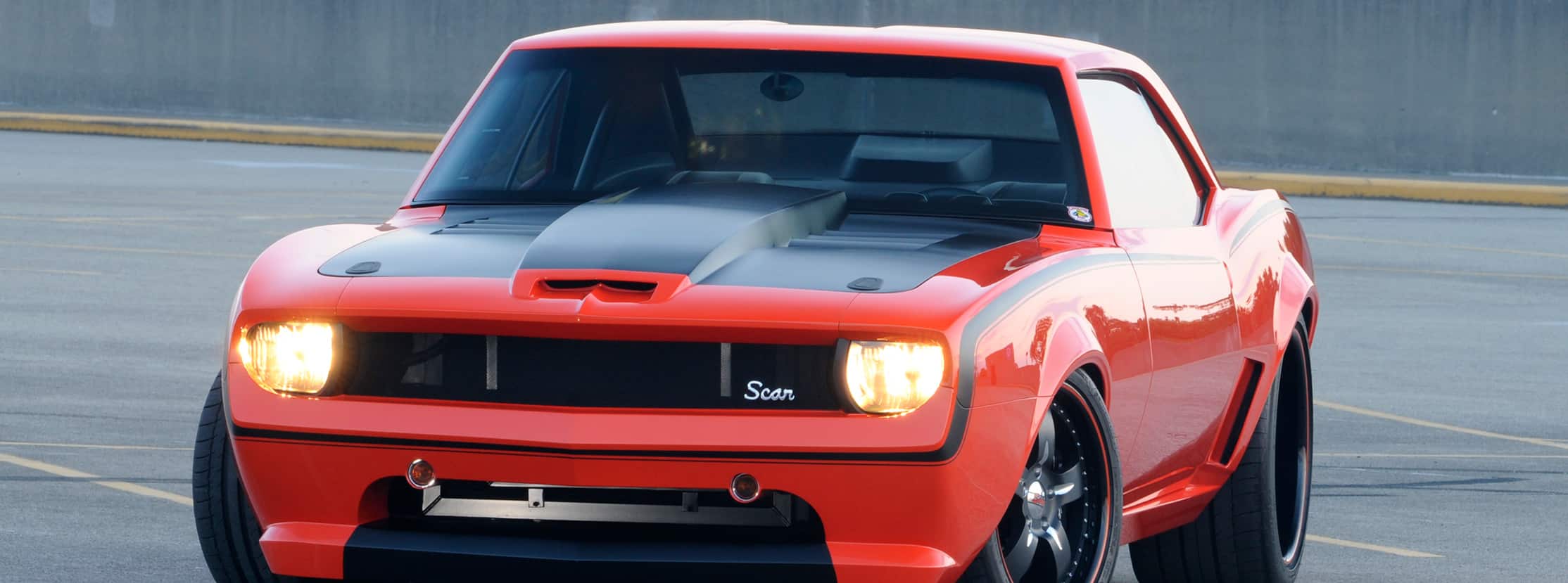The enchanting allure of sports cars, their unmatched performance, design, engineering, and the art of driving changed the world.
Essence of Automotive Engineering:
Sports cars embody the essence of automotive engineering, delivering unmatched performance, agility, and exhilarating driving experiences. These captivating machines have a universal appeal, igniting a passion for the open road and a desire to explore the limits of speed and performance. Unleashing the power of sports cars extends beyond mere acceleration; it is about forging an inseparable bond between man and machine, embracing cutting-edge technology, and embracing the thrill of pushing boundaries. Let us embark on a journey to explore the elements that contribute to the enchanting allure of unleashing the power of sports cars.
Captivating Design
At the core of every sports car lies an exhilarating design that captivates onlookers and enthusiasts alike. From sleek, aerodynamic silhouettes that slice through the air to aggressive front fascias that exude power and dominance, the visual appeal of sports cars is undeniable. Meticulously crafted to optimize performance, sports car designs feature rear spoilers, diffusers, and air vents strategically placed to enhance aerodynamics and ensure stability at high speeds. Even when standing still, the allure of a sports car commands attention and hints at the thrilling performance it holds within.
Power-Enhanced Engines:
The heart and soul of a sports car reside in its performance-enhanced engine. Crafted and tuned to deliver impressive power and responsiveness, high-performance engines utilize cutting-edge technologies such as turbocharging, supercharging, and direct fuel injection. These advancements maximize horsepower and torque output, ensuring that each rev of the engine reminds drivers of the boundless potential that lies beneath the hood. The engine’s symphony of power is a defining characteristic that sets sports cars apart from other vehicles, arousing excitement at the mere sound of the exhaust note.
Precision Engineering:
Precision engineering is the cornerstone of sports cars, showcasing the artistry and craftsmanship of automotive engineering. Every component, from the suspension and brakes to the chassis and transmission, is meticulously engineered to work in perfect harmony. This integration ensures a seamless driving experience, translating raw power into controlled motion. Precision engineering empowers drivers to unleash the full potential of their sports cars with confidence, allowing them to push the limits with finesse and mastery.
Unparalleled Handling:
The dynamic handling of sports cars is unparalleled, elevating the driving experience to new heights. Equipped with advanced suspension systems, precise steering, and sophisticated electronic stability controls, sports cars enable drivers to tackle winding roads and corners with ease and precision. Nimble and responsive handling not only enhances performance but also instills a sense of confidence and control that elevates the driving experience to an exhilarating level.
Crucial Role of the Transmission:
A crucial element in unleashing the power of sports cars lies in transmission. Whether it be a traditional manual gearbox that appeals to purists or a lightning-fast dual-clutch transmission designed for rapid gear changes, the transmission plays a pivotal role in delivering power to the wheels. The engagement between driver and transmission becomes an essential aspect of the driving experience, allowing enthusiasts to seamlessly shift gears and maintain peak performance during spirited driving.
Driver-Centric Cockpit:
The driver-centric cockpit of sports cars is thoughtfully designed to immerse the driver in a world of performance and excitement. Sporty seats provide ample support during aggressive driving, while intuitive controls keep the driver seamlessly connected to the car. The driver-centric approach enhances the overall driving experience, creating a deep and emotional connection between the driver and the car.
Thrill of Speed:
For sports car enthusiasts, the thrill of speed is an integral part of the driving experience. Acceleration from a standstill, the rush of wind through the windows, and the adrenaline coursing through the veins during spirited driving remain etched in the memories of those fortunate enough to experience it. While adhering to safety and legal regulations, the pursuit of speed is an essential aspect of the allure of sports cars.
Unleashing the Art:
To many, driving a sports car becomes an art form, a delicate balance of control and expression. Unleashing the power of sports cars demands honing driving skills, mastering techniques, and synchronizing with the machine. The symbiotic relationship between driver and sports car transforms the act of driving into an art, offering a gratifying and rewarding experience.
Gearstar provides essential services for sports car enthusiasts, offering an unparalleled experience in the world of automotive engineering. As highlighted in this blog, sports cars embody unmatched performance, agility, and exhilaration. Gearstar’s meticulous craftsmanship and precision engineering ensure that every sports car is optimized for peak performance, allowing drivers to unleash the full potential of their machines with finesse and confidence.
Conclusion:
In conclusion, unleashing the power of sports cars is more than just an act of speed; it is an emotional and immersive journey that captivates drivers and enthusiasts alike. From the captivating design to the precision engineering, dynamic handling, and thrilling speed, sports cars epitomize automotive excellence and the celebration of driving as an art. Unleashing the power of sports cars is an experience that continues to evoke passion, excitement, and pure joy for those fortunate enough to sit behind the wheel of these extraordinary machines. The allure of sports cars goes beyond the mechanical aspect of performance; it embodies the essence of human connection with the machine and the pursuit of unparalleled driving experiences.
